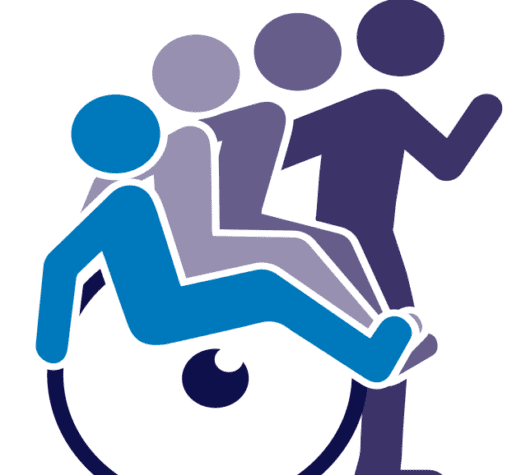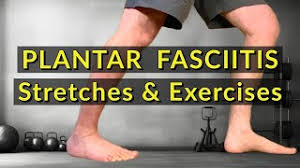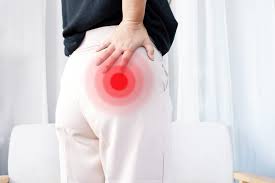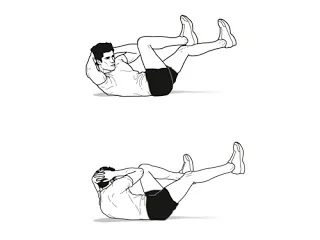Top 5 Physiotherapy Exercises for Plantar Fasciitis Relief
Table of Contents
Introduction:
Sharp heel pain is a common symptom of plantar fasciitis, which frequently makes standing or walking painful. Exercises used in physical therapy can be quite helpful in reducing this pain, increasing flexibility, and strengthening the calf and foot muscles.
These exercises, which focus on the plantar fascia and adjacent tissues, help lower inflammation, stop more injuries, and speed up healing so you may resume your everyday activities with ease and mobility.
Benefits of Top 5 Physiotherapy Exercises for Plantar Fasciitis Relief:
The best physiotherapy exercises for plantar fasciitis have several advantages that support long-term foot health and pain relief:
- Reduces Heel Pain: Consistent stretching and strengthening activities relieve plantar fascia stress, which lessens severe heel pain, particularly in the morning or after extended standing.
- Increases Foot Flexibility: Stretches for the calf and plantar fascia increase foot flexibility, which makes everyday activities like jogging and walking more pleasant.
- Strengthens Muscles: By specifically strengthening the calf and foot muscles, the arch is better supported and the plantar fascia is not as stressed.
- Prevents Recurrence: Regular physical treatment helps address biomechanical problems, which reduces the likelihood that plantar fasciitis may recur in the future.
- Increases Mobility and Balance: Better foot stability and muscular function encourage general mobility, balance, and posture while lessening the strain on other lower body regions.
Top 5 Physiotherapy Exercises for Plantar Fasciitis Relief Video:
Top 5 Physiotherapy Exercises for Plantar Fasciitis Relief:
Towel Stretch:
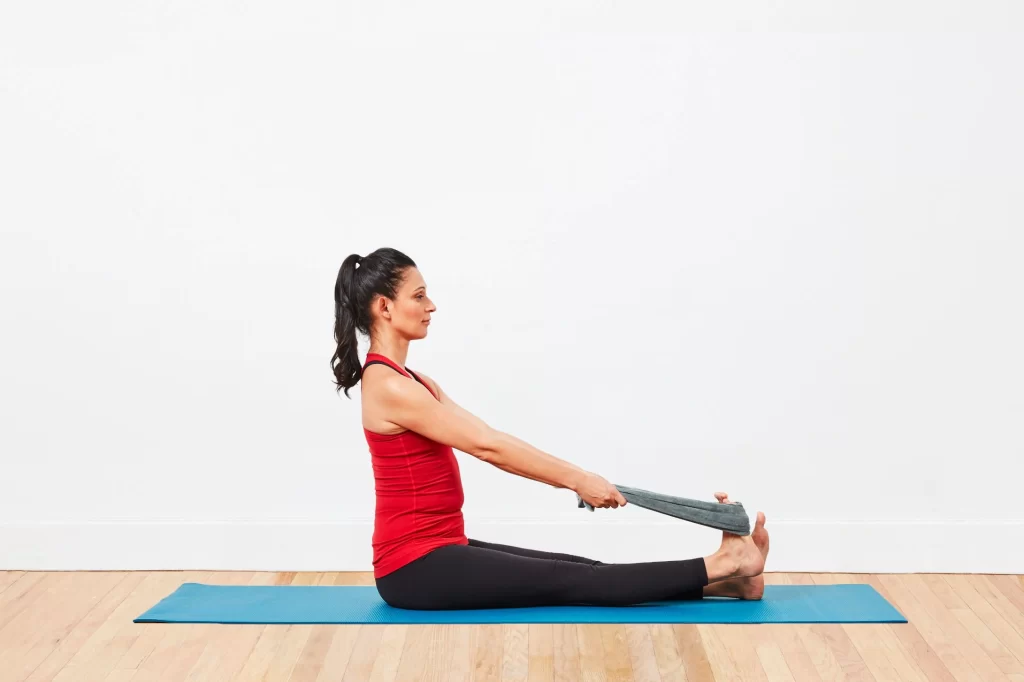
The towel stretch is an easy yet very powerful workout for pain relief for plantar fasciitis pain relief. It includes extending your legs while sitting on the floor, wrapping a towel around the ball of your foot, and slowly drawing your toes toward you while maintaining a straight knee.
This stretch helps to improve flexibility, lessen stress, and relieve heel pain by focusing on the calf muscles and plantar fascia. Regular use of the towel stretch might promote quicker healing from plantar fasciitis and increase foot mobility.
Calf Stretch:
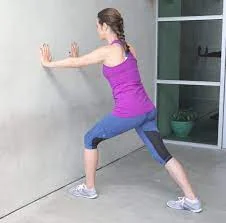
Since it helps release tense calf muscles that cause heel pain, the calf stretch is a crucial exercise for treating plantar fasciitis. To do it, place one foot forward and the other backward while maintaining both heels on the floor. Then, bend gently in the direction of the wall until you feel a stretch in the calf of your back leg.
This stretch makes walking and daily activities more pleasant by increasing calf and Achilles tendon flexibility, easing plantar fascia tension, and preventing further injuries.
Plantar Fascia Stretch:
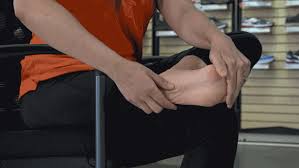
The thick band of tissue around the bottom of the foot is directly targeted by the plantar fascia stretch, which relieves heel pain. To perform this stretch, sit with one leg crossed over the other, then slowly bring your toes back toward your shin until your foot’s arch feels stretched.
An excellent exercise for treating plantar fasciitis, holding this position for 15 to 30 seconds helps release the plantar fascia, eases stress, and speeds up the healing process.
Rolling Massage:
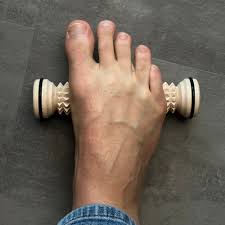
A straightforward and effective method for reducing foot strain and plantar fasciitis pain is rolling massage. It includes gently rolling a tiny ball, foam roller, or even a frozen water bottle from the heel to the toes beneath the arch of the foot.
This massage promotes quicker healing and increased foot flexibility by releasing tight fascia, increasing blood flow, lowering inflammation, and easing pain.
Towel Toe Curls:
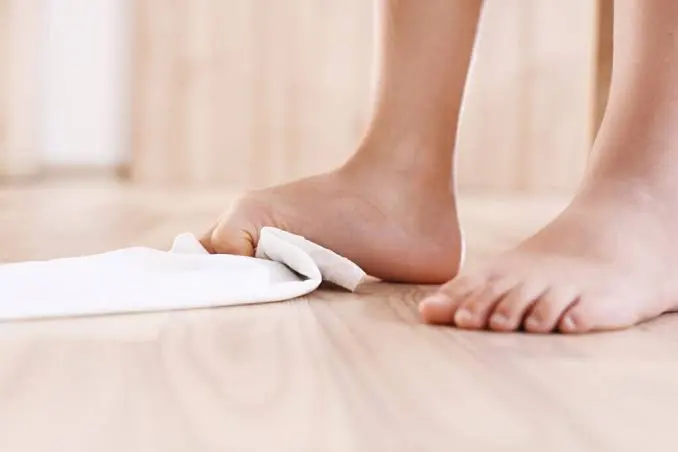
A strengthening exercise that helps maintain the plantar fascia, towel toe curls focus on the muscles in the foot’s arch. This workout involves flattening a towel on the floor, then scrunching and pulling it toward you with your toes while maintaining your heel on the floor.
This exercise is useful for treating and preventing plantar fasciitis because it strengthens the intrinsic foot muscles, increases arch stability, and lessens tension on the plantar fascia.
Conclusion:
You may greatly reduce plantar fasciitis pain and improve foot function by including these five physical therapy movements into your daily routine: towel stretch, calf stretch, plantar fascia stretch, rolling massage, and towel toe curls.
Frequent practice improves flexibility, strengthens the calf and foot muscles, eases stress, and guards against further injuries. By committing to these exercises, you may promote long-term foot health by regaining comfort, mobility, and confidence in your everyday activities.
FAQs
Wearing unsupportive shoes like flip-flops or high heels and ignoring the pain—especially when pushing through it during high-impact activities or extended standing—are the worst things you can do if you have plantar fasciitis. Other harmful behaviors that might worsen the illness or conceal underlying issues include not doing the recommended stretches, going barefoot on hard surfaces, and even pushing too hard with massagers or receiving cortisone injections.
On either side of the plantar fascia, which is the band of tissue that runs along your arch from heel to toes, place the pads of your thumbs on the sole of your foot. Slowly move your thumbs across the arch, perpendicular (against the grain) to the plantar fascia, using firm yet controlled pressure.
Reduced morning stiffness, less frequent and less intense pain, less swelling, and an enhanced capacity to stand or walk comfortably for longer periods of time are all indicators that plantar fasciitis is mending. Additionally, you may see that your range of motion increases, your posture and gait improve, and your arches feel better supported.
As previously mentioned, you may do myofascial self-release by rolling a tennis ball beneath your foot. Your plantar fascia is less tense as a result.
To avoid injuries, if you enjoy jogging, you should gradually switch to barefoot or minimalist footwear. However, even a small amount of barefoot weight bearing and walking as part of your daily routine will help ease plantar fasciitis symptoms.
Avoid sleeping in a prone posture (face or belly down) if you have plantar fasciitis to avoid contracting your calf muscle and Achilles tendon. Rather, choose to sleep on your side or back, with a cushion between your legs or beneath your knees, accordingly.
Plantar fasciitis-related irritation may be lessened by vitamin D3. To strengthen bones and enhance general foot health, vitamin D aids in the absorption of calcium. Reducing pain and increasing mobility may also be facilitated by increasing your intake of vitamin D3 through food and supplements.
Turmeric Supplements or Tea
Curcumin, a potent anti-inflammatory substance, is found in turmeric. Research indicates that over time, taking a daily dose or drinking turmeric tea may help lessen a variety of pains, including heel pain. When used with other natural treatments for plantar fasciitis, it works wonders.
Applying Mustard Oil on Your Foot Pads
Although massage is frequently advised to temporarily ease plantar fasciitis pain, some people assert that using heated mustard oil enhances the therapeutic benefits of massage.
Plantar fasciitis is also frequently linked to tightness of the Achilles tendon, a firm band of tissue that links the calf muscles to the heel bone. Plantar fasciitis may also be caused by the following other factors: Influence from repetition (dance, running, other sports), increased or new activities.
Plantar fasciitis compression stockings, rest, and stretching can help reduce pain over time, but surgery is not necessary for therapy. But overuse can cause the fascia to lose its suppleness, which, over time, makes it more prone to pain.
Physical therapy and stretching
One of the greatest ways to cure plantar fasciitis is to stretch. The Achilles tendon and plantar fascia should be the main targets of stretches. You can learn stretching techniques from a physical therapist that you can do many times a day at home.
Indeed, by enhancing blood flow, boosting flexibility, decreasing pain signals, and dissolving scar tissue in the plantar fascia and adjacent muscles, massage can help treat plantar fasciitis. When performed properly, self-massage methods, such as massaging the sole and calf muscles with your hands or a cold water bottle, can induce healing and offer short-term respite.
It’s important to balance your activities if you have plantar fasciitis. You should also avoid walking barefoot or on hard surfaces. Listening to your body and wearing supportive shoes with enough cushioning and arch support are essential. You might need to rest, use ice, and do light exercises to help your plantar fascia recover if walking worsens your pain.
Deficits in specific nutrients, including vitamin D, magnesium, and vitamin C, may worsen plantar fasciitis by causing inflammation and impairing recovery, even if they are not the main cause. While vitamin C helps reduce inflammation, low levels of vitamin D have been related to heel pain and can impede the plantar fascia’s ability to heal. Magnesium is essential for calcium absorption and muscular function, both of which can affect foot health. It is advised to speak with a healthcare professional to have any deficiencies examined and to get individualized dietary and supplement guidance.
Rest the foot, apply ice to the affected area, stretch the plantar fascia and calf often, and use supportive shoes or orthotics to speed up the healing process of plantar fasciitis. For quicker relief, try using night splints to keep the region stretched while you sleep, sports tape, or nonsteroidal anti-inflammatory medicines (NSAIDs) for pain and inflammation.
Physical therapy for plantar fasciitis includes calf and plantar fascia stretching, foot muscle strength training, manual therapy, orthotics or supportive footwear, and activity adjustment to lessen foot strain. In addition, a physical therapist could suggest a night splint, use cold, and apply tape. To avoid recurrence, physical therapy aims to decrease pain, increase foot strength and flexibility, and treat underlying causes.
Rest, massage, ice, and painkillers
Pain related to the illness may be lessened by reducing inflammation. Plantar fasciitis can be treated by applying ice to the affected tissue, massaging the region, or combining the two methods two to three times a day for five to ten minutes at a time.
Pick up a cylindrical item, such as a frozen water bottle, rolling pin, or tennis ball, and place it beneath your foot while seated. Roll the item gently beneath your foot’s arch. Spend three to five minutes doing this workout. It can be repeated twice a day.
Depending on what caused your plantar fasciitis, you may need to utilize heel cups, bracing, or tape to support and protect your plantar fascia. Exercises to increase calf flexibility may also be helpful. This involves using a foam roller and calf stretches.
References:
- Health Tips | Six exercises for plantar fasciitis and heel pain. (2024, March 26). Choose PT. https://www.choosept.com/health-tips/six-exercises-plantar-fasciitis-heel-pain
- Villines, Z. (2024, June 25). Best stretches and exercises for plantar fasciitis. https://www.medicalnewstoday.com/articles/324353
- McMillen, M. (2025, March 18). Plantar fasciitis exercises. WebMD. https://www.webmd.com/pain-management/plantar-fasciitis-best-exercises-pain-relief
- Physio, S. (n.d.-b). Top 5 exercises for plantar fasciitis – Surrey Physio. Surrey Physio. https://www.surreyphysio.co.uk/top-5/top-5-exercises-for-plantar-fasciitis/
- SportsMed, Y. (2023, April 20). The 6 Best Plantar Fasciitis Exercises to Help Relieve Foot Pain | Physiotherapists in Toronto | Yorkville Sports Medicine Clinic. Physiotherapists in Toronto | Yorkville Sports Medicine Clinic. https://www.yorkvillesportsmed.com/blog/the-6-best-plantar-fasciitis-exercises-to-help-relieve-foot-pain
